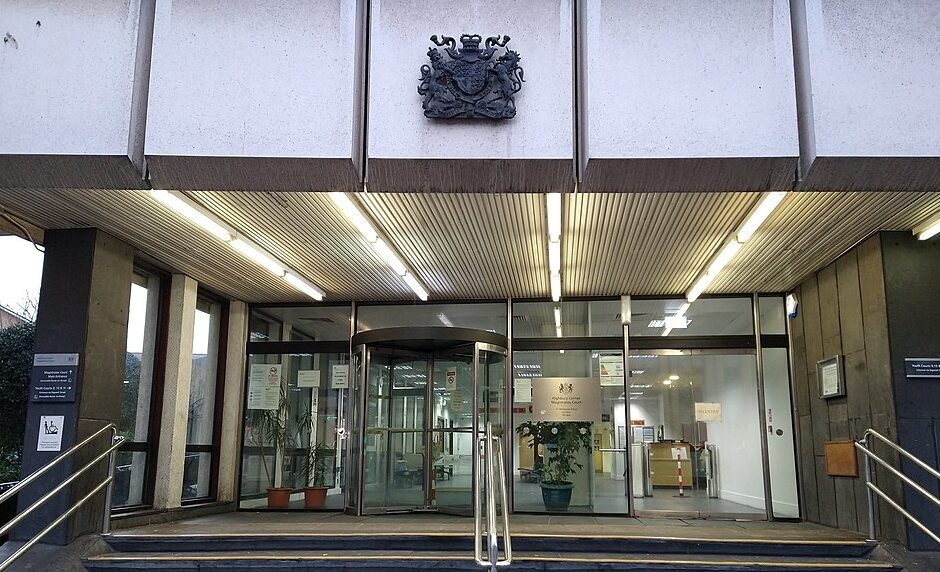Harry Cottam argued for anonymity due to medical issues, but court upheld public interest in openness
A former solicitor struck off for misconduct has failed in his bid to keep his identity hidden during a High Court appeal. Harry Francis Cottam, previously removed from the roll over improper client money transfers, argued that publicity would worsen his medical condition — but the court rejected his claim, citing public interest.
Cottam was struck off by the Solicitors Disciplinary Tribunal (SDT) in October 2023 after being found guilty of transferring client money into his firm’s office account and creating false invoices. While the dishonesty allegation regarding invoices was dismissed, the tribunal upheld the charge relating to improper money transfers.
Though his SDT hearing had been held in private due to health concerns, Cottam sought anonymity ahead of the High Court appeal. He conceded the appeal would be heard in open court but requested his identity be protected on the same medical grounds.
Representing himself, Cottam told the court that a “struck-off solicitor is a social leper” and that publication of the proceedings would have a “dangerous effect” on his mental wellbeing, as supported by medical reports. He is currently employed as a legal adviser, despite his regulatory history.
Embed from Getty ImagesMatthew Edwards, appearing for the Solicitors Regulation Authority (SRA), strongly opposed the anonymity request. He argued that transparency was essential, especially given Cottam was still advertising himself as a legal adviser. “It is only right that those who choose to instruct Mr Cottam are aware he was, or is currently, a struck-off solicitor,” Edwards said.
Mr Justice Macdonald sided with the SRA and refused anonymity. “There is a very strong public interest in the public knowing when a regulated professional has been struck off and the process by which that has taken place,” he ruled.
During the appeal, Cottam challenged the SDT’s decision, claiming it had failed to evaluate his medical evidence and had made incorrect factual assumptions, particularly around his knowledge of the unauthorised transfers.
He admitted that transfers were made without client consent, but claimed they were carried out by a female employee, not him directly. “I ended up in that position because of my inactivity and lack of attention,” he told the court. “I took overall responsibility for what happened, whether or not I knew personally at the time.”
Cottam added that he hadn’t reported the staff member to the SRA out of misplaced loyalty. “She didn’t really know what she was doing. I didn’t resolve the matter in the way I should have done,” he said.
But the SRA argued that Cottam’s defence had already been fully considered. Edwards said the SDT made a “clear analysis” of both the facts and medical submissions. “Just because it is not documented in the judgment doesn’t mean it wasn’t considered,” he told the court.
He also pointed out that Cottam had failed to cross-examine the financial investigation officer who presented the evidence about the transactions. “That evidence could have been tested… but it simply was not,” Edwards said.
He concluded that the SDT had acted “in accordance with its guidance” and that no procedural irregularity or legal error had been identified in its decision.
The judge agreed, ruling that the SDT’s findings were sound and fair, and dismissed the appeal in full. The case reaffirms the legal system’s commitment to transparency, particularly where public trust in professionals is at stake.





